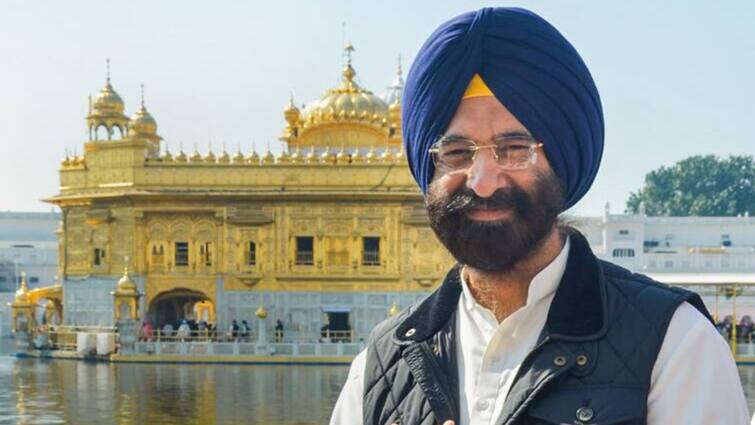Show Quick Read
Key points generated by AI, verified by newsroom
A day after Diwali celebrations, Delhi’s air quality plunged into the ‘very poor’ category, with thick smog blanketing the city and pollution levels crossing 300 on the Air Quality Index (AQI). Amid growing concern, Delhi Environment Minister Manjinder Singh Sirsa addressed the status of the government’s cloud seeding proposal, a much-anticipated measure to combat the capital’s recurring winter pollution crisis.
Speaking at a press briefing on Tuesday, Sirsa clarified that artificial rain through cloud seeding could not be carried out immediately due to the absence of suitable weather conditions. “For those asking us why we are not getting cloud seeding done, I want to tell these illiterate people – they are burning in vengeance and forget everything. In cloud seeding, the cloud comes first and then comes the seeding,” Sirsa said.
#WATCH | Delhi | In an interview to ANI, Delhi Environment Minister Manjinder Singh Sirsa says, “… Rekha Gupta’s government is working day and night. This year, we have succeeded in giving the cleanest seven days in the last ten years. This year we have also reduced the number… pic.twitter.com/8X5zBbhfY9
— ANI (@ANI) October 22, 2025
He added, “So, when the clouds will come, then there will be seeding. The day there are clouds, then there will be seeding done and there will be rain as well.”
AQI Rises Marginally Post-Diwali, Says Minister
Sirsa downplayed the rise in pollution levels following Diwali, noting that the city’s AQI had only increased by 11 points. “The air quality index in Delhi before Diwali was 341 and it rose to 356 after the festival – just 11 points up,” he said.
#WATCH | On cloud seeding, Delhi Minister Manjinder Singh Sirsa says, “For those who are asking us, why are we not getting cloud seeding done. I want to tell them that in cloud seeding, cloud comes first and then comes seeding. Seeding can only be done when there are clouds. The… pic.twitter.com/iewYjcUxwi
— ANI (@ANI) October 21, 2025
However, government data from the Central Pollution Control Board (CPCB) showed that 29 out of 31 monitoring stations in Delhi recorded ‘very poor’ air quality on Tuesday. The highest AQI was reported in Bawana at 429, placing it in the ‘severe’ category, according to data available on the SAMEER app.
Multiple Factors Behind The Spike
Pollution levels surged in the national capital due to a combination of factors, including widespread bursting of firecrackers during Diwali, stagnant meteorological conditions, stubble burning in neighbouring states, and rising vehicular emissions.
Cloud Seeding Project Awaits IMD Clearance
Earlier this month, Sirsa had announced that the artificial rain operation would be conducted after Diwali once the Indian Meteorological Department (IMD) granted approval. The minister had said that trial flights had already been completed in preparation for the cloud seeding operation.
According to Sirsa, the aircraft intended for the exercise are fully equipped, and the pilots have been trained and familiarised with the designated areas.
As the city continues to grapple with deteriorating air quality, authorities are expected to closely monitor weather conditions before proceeding with the artificial rain initiative.
Images are for reference only.Images and contents gathered automatic from google or 3rd party sources.All rights on the images and contents are with their legal original owners.

